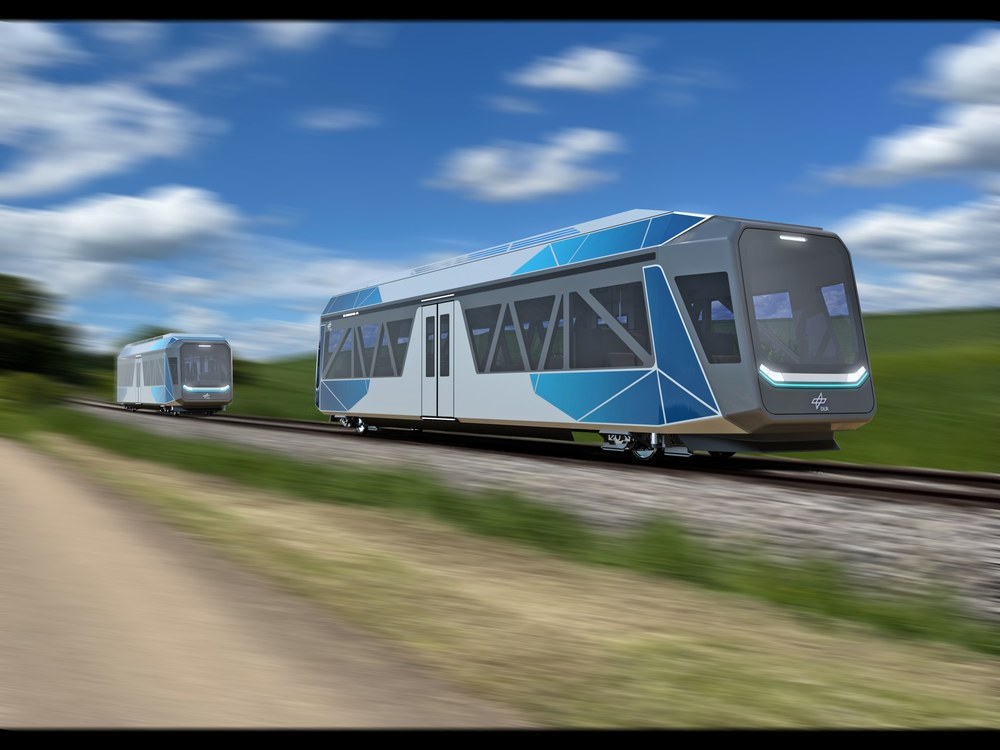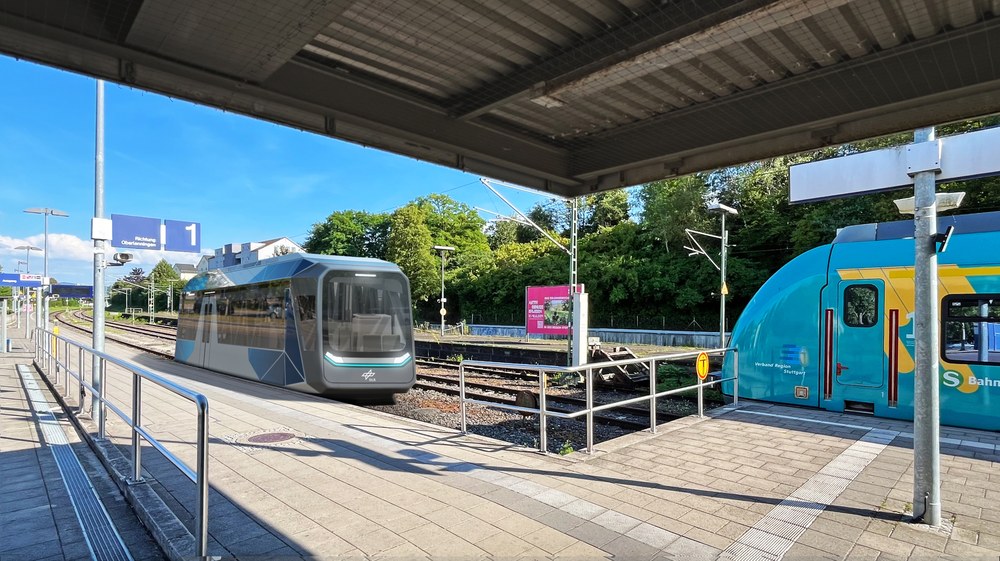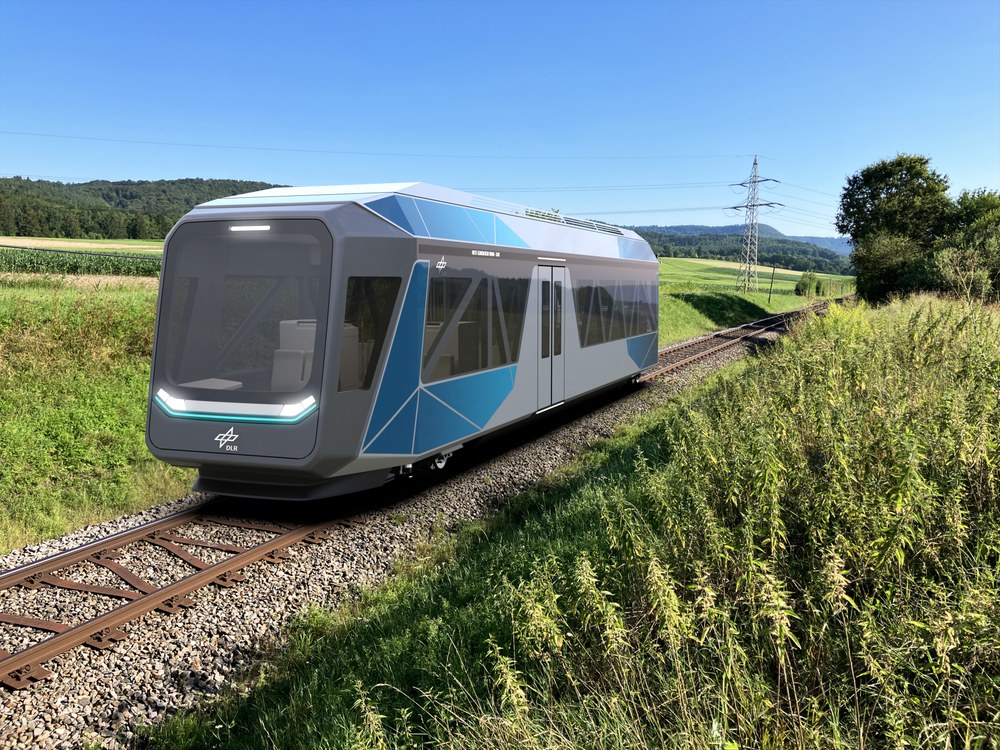DLR railway research for the revitalisation of branch lines
The German Aerospace Centre (DLR) researches pioneering train concepts in the context of optimised operation. The main objectives of DLR's activities in this transport sector are to enable fast and environmentally friendly transport, to shift long-distance traffic to rail, to provide innovative freight transport, to achieve maximum safety and to reactivate and revitalise branch lines. A systemic, multidisciplinary approach is required to achieve these multifaceted, complex goals, for which DLR is predestined due to its orientation and structure.
Small, flexible rail vehicle for branch lines
The railway plays an important role in the implementation of the transport transition and should be a key component of future door-to-door mobility, including in rural areas. DLR is therefore researching an efficient, attractive, sustainable, available and demand-orientated rail-based transport system to reactivate and revitalise previously unprofitable routes in rural areas. An essential part of the system is a small, lightweight, automated, single-deck rail vehicle with a catenary-independent drive (NGT-TAXI). With an optimised, demand-oriented operating concept, the NGT-TAXI concept for rural areas aims to achieve greater comfort and flexibility, better accessibility and improved economic efficiency in local rail passenger transport (SPNV).
Flexible and demand-orientated operating concept
The focus is on island routes and networks that are separated from other routes in terms of infrastructure as well as branch lines that are integrated into the existing main network. Depending on the route- and time-of-day-specific passenger volumes, on-demand and/or timetable-based operation is selected. Automated operation means that there is a transport service available 24 hours a day, seven days a week, with the vehicle only travelling when and in the number of trains it actually needs to, thereby avoiding unnecessary round trips, reducing operating and maintenance costs, extending the service life of components and conserving resources.
Modular vehicle concept
The route categories addressed result in different application-specific requirements for the vehicle. In order to design the vehicle as cost-efficiently as possible, it is necessary to adapt it to the required range of applications (island routes or in mixed operation in the mainline sector). This is achieved with a multi-modular approach. The vehicle structure and the vehicle drive are adapted depending on the intended use and the associated requirements. In order to be able to serve the route-specific individual maximum passenger volumes as precisely as possible, the NGT-TAXI vehicle concept realises a length modularity (suitable vehicle size for suitable passenger volume and suitable route). This means that two vehicle sizes, a mini variant and a maxi variant, with possible intermediate sizes are planned. The longest variant with a length of 16.7 metres has a seating capacity of 40 seats and the shortest variant with a length of 11.25 metres has a capacity of 16 seats. Both variants have a large multi-purpose area for spacious standing areas, wheelchairs, the transport of bicycles, the parking of prams, etc. The capacities of the vehicles are based on analyses of different usage scenarios on routes addressed by the NGT-TAXI.
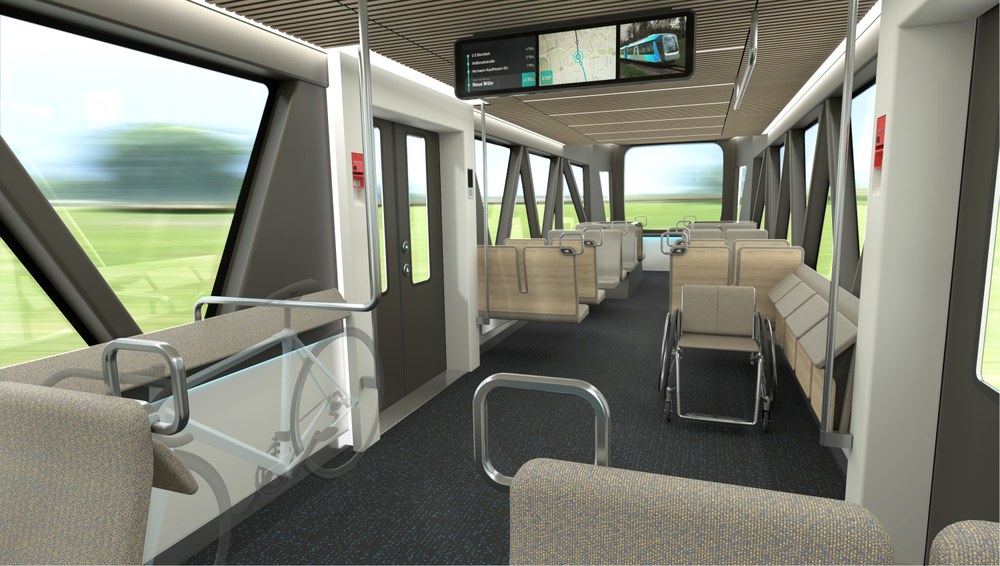
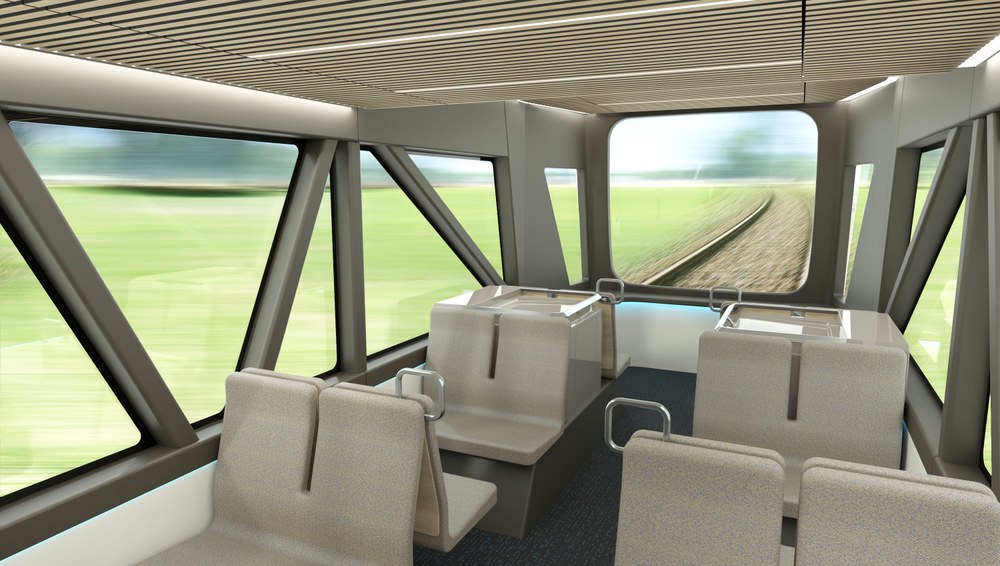
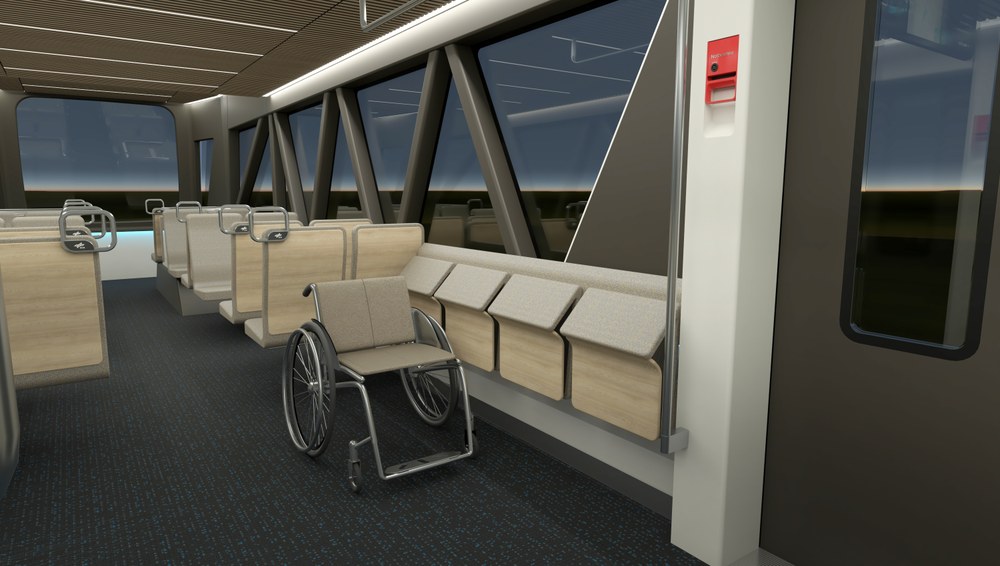
The length derivatives of the NGT-TAXI to be selected in production are identical in terms of width, height and head design. They differ only in terms of their length and drive structure. All derivatives have the same optical head module, chassis module and entry module. The length modularity is achieved through additional segments, which in turn are also identical to each other. This means that the Mini variant consists of two head modules, two chassis modules and two entrance modules. The maxi version consists of two head modules, two chassis modules, two entry modules and further identical segments (3 pieces). In addition, several vehicles can be coupled virtually during operation to form larger units. This results in a flexible platform that streamlines vehicle development and effectively reduces vehicle costs. The vehicles are equipped with two pairs of wheels (two single-wheel individual bogies) and have a barrier-free, stepless, level passageway over the entire length of the vehicle with a maximum access height of 550 mm. As a result of the automated operation, no regular driver's cabs are required and passengers can look through the front windows in the direction of travel.
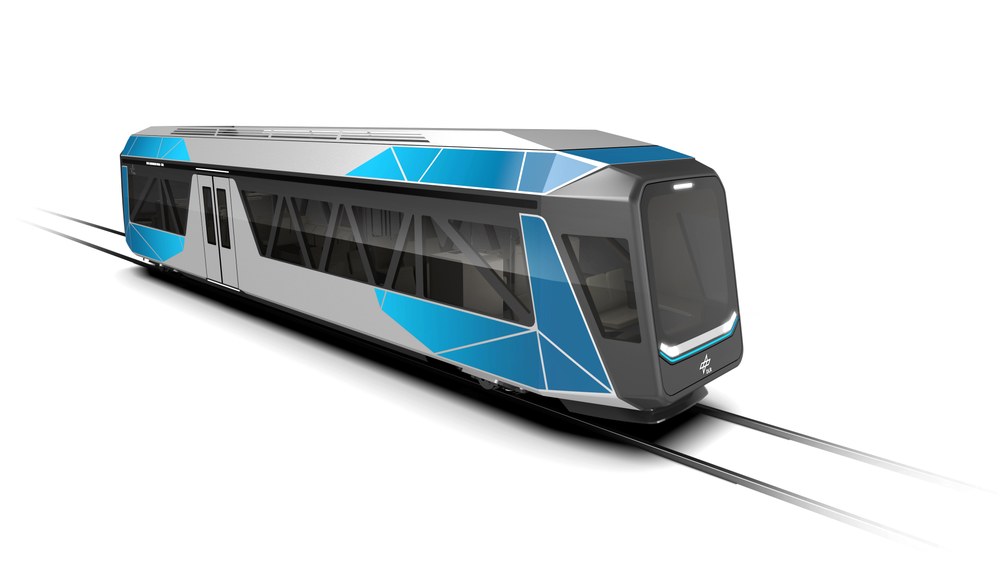
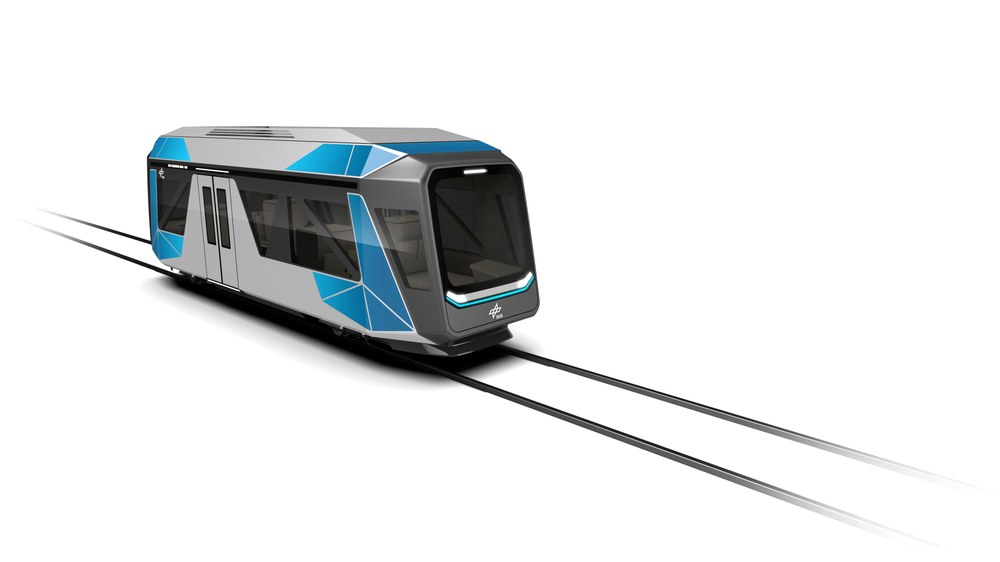
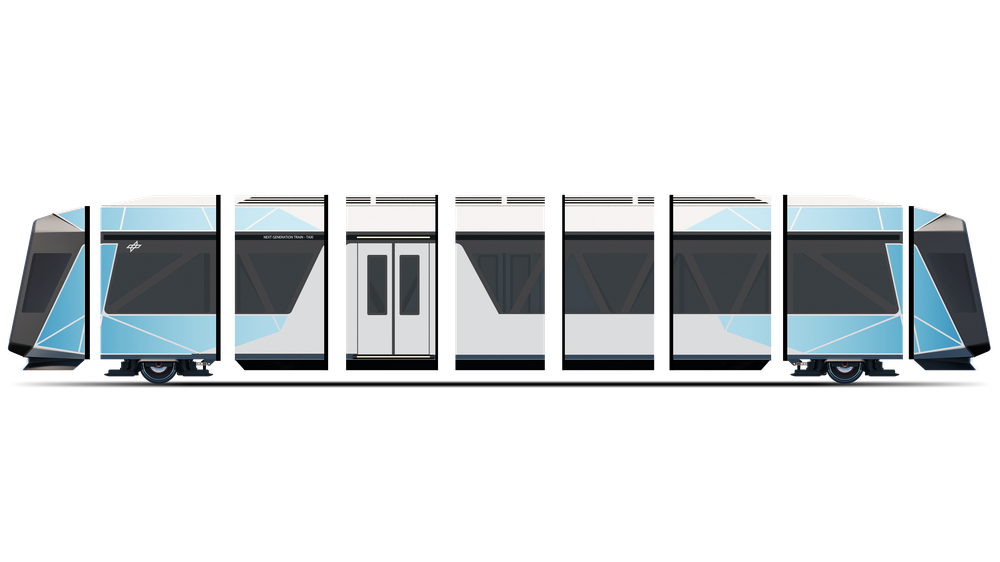
Control and safety technology
The control and signalling technology will also be adapted to the specific operating conditions. For mixed operation on main lines, the usual LST (ETCS) is used. A simplified but nevertheless safe LST is used for island lines with at least temporary single-train operation. Due to vehicle agility, approaches and components from the automotive and tramway sectors are to be used here in order to reduce costs. The ability of the vehicles to virtually couple means that capacity can be quickly adapted to demand at any time - in the long term to the point of driving on demand.
